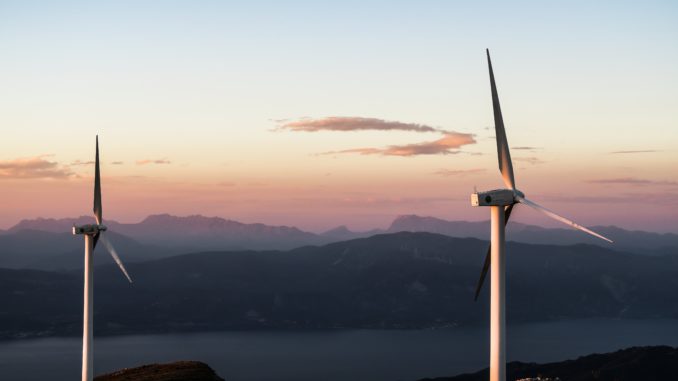
Renewable energy is energy that comes from natural sources that can be replenished, such as the sun, wind, water, and the Earth’s heat. These sources are clean and do not harm the environment like fossil fuels do.
There are different types of renewable energy like solar, wind, hydro, geothermal, and biomass. Each one has its own special way of producing energy. For example, solar energy is created by using the sun’s rays to generate electricity, wind energy is created by using the power of the wind to turn turbines, hydro energy is created by using the movement of water to generate electricity, geothermal energy is created by using the heat from the earth to generate electricity, and biomass energy is created by using organic matter such as wood or crops.
Many countries are making plans to use more renewable energy because it is better for the environment and can help reduce dependence on fossil fuels. Investing in renewable energy can also create jobs and boost the economy.
For instance, solar and wind energy can be installed in homes and buildings, providing electricity at a lower cost than traditional energy sources. In addition, hydroelectric power can be generated by building dams on rivers, creating electricity and also providing a source of water for irrigation and drinking. Biomass energy can be generated by using waste from agriculture and forestry to generate electricity, reducing the amount of waste going to landfills and reducing the need for fossil fuels.
Renewable energy is also becoming more accessible for everyone, with the cost of renewable energy technologies decreasing over time and becoming more competitive with traditional fossil fuels.
Overall, renewable energy is a smart choice for a cleaner, sustainable future. It has many benefits and the world is moving towards using more of it. As the population continues to grow, the demand for energy increases and the finite resources of fossil fuels are becoming scarce, renewable energy will play a vital role in meeting the energy needs of the future.
